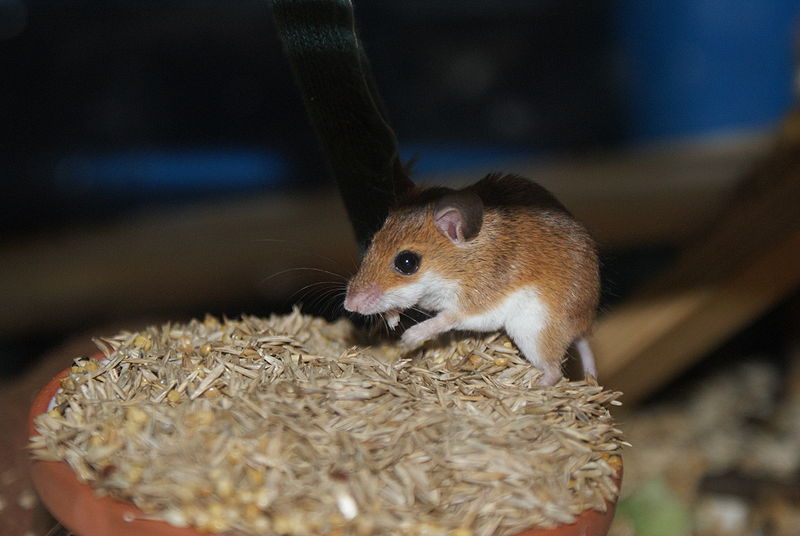 Some time ago I posted an article concerning possible new Federal regulations that could limit the trade in live amphibians (read it here), and promised to notify folks when the government asked for public comments. That time is now upon us.
Some time ago I posted an article concerning possible new Federal regulations that could limit the trade in live amphibians (read it here), and promised to notify folks when the government asked for public comments. That time is now upon us.
The Proposal – History and Intent
The proposed regulations stem from concerns that the trade in live frogs and salamanders (and frog legs) is aiding the spread of 2 deadly amphibian diseases, Batrachochytrium dendrobatidis (“Chytrid fungus” or Bd) and Ranavirus (please see the article mentioned earlier for details). Read More »
 That Reptile Blog – Reptile, Amphibian and Exotic Pet Care and Information
That Reptile Blog – Reptile, Amphibian and Exotic Pet Care and Information




